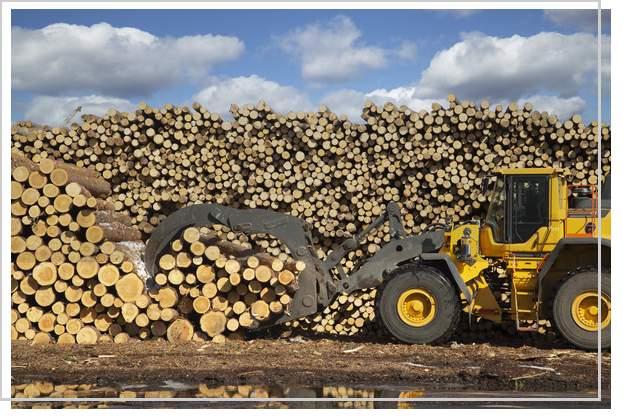Landowners will be familiar with restrictive covenants which legally bind how a property may be used, normally in favour of the rights of neighbours. These covenants prevent development or a noise nuisance, for example, and apply to the current and all future owners of the restricted property.
However, they cannot be used to enforce positive actions. To do that, a private contractual arrangement is needed, requiring one party to perform something to the benefit of the other.
In the context of land management, a private contractual arrangement is time limited and only affects the current parties and not subsequent owners of the land. For agri-environment schemes this is a particular concern.
Currently, for example, a flower-rich meadow paid for by the taxpayer under an agreement between a conservation agency and a land manager could simply be ploughed up when the agreement ends.
So what’s the alternative? Scotland has already adopted the use of 'conservation burdens', and England and Wales are awaiting similar powers, expected as part of the Environment Bill due to be published later this year. The result of Defra’s recent consultation on the topic is also due soon.
Conservation covenants are pitched as a mechanism by which landowners can voluntarily bind their successors in title to manage a site or land in a particular way. It is clear from a recent briefing on the topic, however, that there are unresolved issues regarding the workability of this type of covenant in terms of conditionality, duration, access and disclosure.
Conditionality
There’s a suggestion that conservation covenants could be used as a condition of receipt of agri-environmental money in order to preserve the natural capital value of improvements after the end of the agreement.
But this fails to acknowledge the ongoing maintenance cost of managing land to a higher environmental standard, and owners would need to be careful to ensure that the positive management obligation does not reduce the future value of the asset.
Owners would also need to be aware of the inheritance tax implications of committing land to environmental outcomes (see The taxing question of environmental gain).
Duration
It is unclear whether or not conservation covenants will be in perpetuity or time limited. For owners, long-term commitments may be highly compatible with plans for continuity of ownership.
However, 33 per cent of UK land is let in some form, and many tenants will be barred from accessing agri-environment scheme money if it is conditional on commitments extending beyond the life of the tenancy.
Acknowledging this, the Law Commission stated at the Westminster Briefing that the minimum duration of covenants could be as little as seven years. However, this short duration calls into question the utility of covenants in binding successors in title to positive land use actions to start with.
Access
Both the Law Commission and Defra representatives at the briefing suggested that ‘public money for public goods’ implied an element of public access in deploying conservation covenants. For many farmers looking to integrate environmental and food production outcomes, having to include public access as well could be a step too far.
Disclosure
Restrictive covenants are discoverable from the title deeds of the property, held at the Land Registry. However, as a hybrid statutory/private agreement, conservation covenants it seems are not intended to be registered in the same way.
This leaves purchasers of land at risk of breaching the terms of a covenant that is not otherwise discoverable. And without a public register of environmental agreements, it seems possible that unscrupulous land managers could sell the same environmental services to more than one beneficiary.
If we are to attract a blend of public and private sources of investment into environmental improvement, this sort of accountability must be addressed.
These issues need to be resolved if conservation covenants are to become a useful tool in the agri-environmental armoury.
Without refinement, the plans could either dramatically restrict the uptake of future schemes or leave conservation covenants as a footnote in the evolution of environmental land law.
With the scale of the environmental challenge ahead, this would be an opportunity wasted.
Further information
Contact Savills Rural Research
.jpg)
.png)
.jpg)
.jpg)




(1).jpg)
.jpg)
